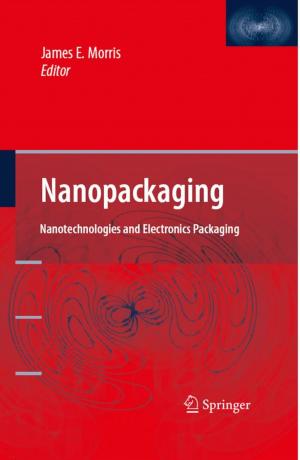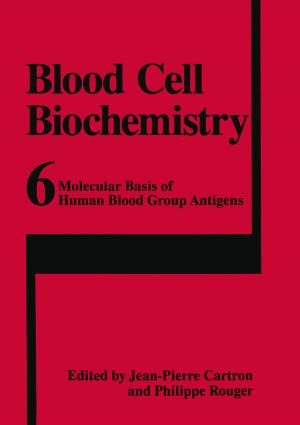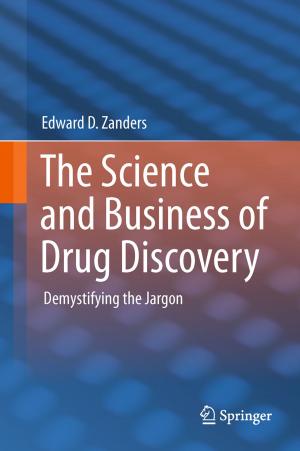Anticancer Drug Discovery and Development: Natural Products and New Molecular Models
Proceedings of the Second Drug Discovery and Development Symposium Traverse City, Michigan, USA — June 27–29, 1991
Nonfiction, Health & Well Being, Medical, Medical Science, Pharmacology, Specialties, Oncology| Author: | ISBN: | 9781461526100 | |
| Publisher: | Springer US | Publication: | December 6, 2012 |
| Imprint: | Springer | Language: | English |
| Author: | |
| ISBN: | 9781461526100 |
| Publisher: | Springer US |
| Publication: | December 6, 2012 |
| Imprint: | Springer |
| Language: | English |
With the publication of these proceedings from the Second Drug Discovery and Development Symposium, this forum has become the main mechanism for bringing together the principal groups involved in both discovering and developing new approaches to the treatment of cancer. This Second Symposium emphasized the types of materials being discovered and their therapeutic activity. This is especially evident in the natural product discovery programs, where unique and active structures are being identified.
The major contributors to the meeting were the investigators participating in the National Cooperative (Natural Products) Drug Discovery Groups [NC(NP)DDG]. These groups reflect an association among researchers at universities or cancer centers, pharmaceutical companies and the National Cancer Institute. Their sources of materials are varied, reflecting chemical inventories of pharmaceutical companies, organic synthetic compounds from the laboratory, cytotoxics as well as biologics and their hybrids, and natural products obtained from plants, marine organisms and microorganisms. The models employed in the discovery systems vary from broadly cellular based to specific enzymes to defined cellular functions. Each of them is believed important to the malignant state and will allow for the discovery of compounds which will have efficacy in cancer therapy.
The goal of the participants is both to discover new anticancer agents and to develop them as efficiently as possible into clinically useful additions to treatment. Of importance is the fact that there are a number of promising leads which will soon be moving into the clinic thereby testing the effectiveness of this NC (NP) DDG approach.
With the publication of these proceedings from the Second Drug Discovery and Development Symposium, this forum has become the main mechanism for bringing together the principal groups involved in both discovering and developing new approaches to the treatment of cancer. This Second Symposium emphasized the types of materials being discovered and their therapeutic activity. This is especially evident in the natural product discovery programs, where unique and active structures are being identified.
The major contributors to the meeting were the investigators participating in the National Cooperative (Natural Products) Drug Discovery Groups [NC(NP)DDG]. These groups reflect an association among researchers at universities or cancer centers, pharmaceutical companies and the National Cancer Institute. Their sources of materials are varied, reflecting chemical inventories of pharmaceutical companies, organic synthetic compounds from the laboratory, cytotoxics as well as biologics and their hybrids, and natural products obtained from plants, marine organisms and microorganisms. The models employed in the discovery systems vary from broadly cellular based to specific enzymes to defined cellular functions. Each of them is believed important to the malignant state and will allow for the discovery of compounds which will have efficacy in cancer therapy.
The goal of the participants is both to discover new anticancer agents and to develop them as efficiently as possible into clinically useful additions to treatment. Of importance is the fact that there are a number of promising leads which will soon be moving into the clinic thereby testing the effectiveness of this NC (NP) DDG approach.















